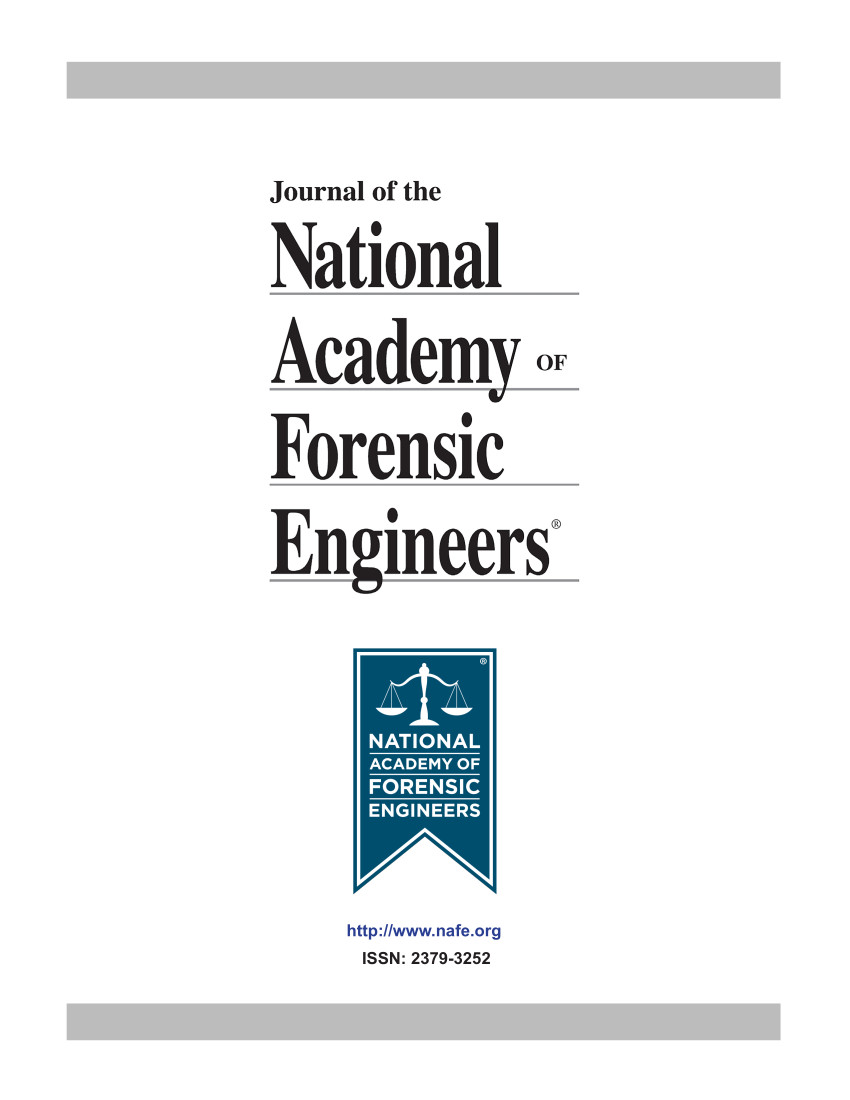G-Force Analysis For Low-Speed Rear-End Collisions
DOI:
https://doi.org/10.51501/jotnafe.v12i2.534Keywords:
Low speed collisionsAbstract
Low-Speed Rear-End Collisions Cause A Delta-Velocity (Delta-V) Of Less Than 5 Mph Or So, But Often Result In Litigation Because Of Claims For Whiplash Type Of Soft Tissue Injuries. Forensic Consulting Engineers Are Then Called To Estimate The Occupant G-Force But Find There Is Only Minor Or, Possibly, No Visible Damage To The Vehicles. Nevertheless, The Worst-Case Delta-V And G-Force Can Generally Be Estimated By Comparing The Impact Damage, Or Lack Of Impact Damage, With Published Low-Speed Crash Test Data Or, In Many Cases, By Engineering Analysis. This Paper Will Discuss A Variety Of Approaches To Analyze The G-Force And Will Identify Some Useful Data Sources To Support The Comparative Analyses.Downloads
Published
1995-01-01
How to Cite
Baxter, Gene K. 1995. “G-Force Analysis For Low-Speed Rear-End Collisions”. Journal of the National Academy of Forensic Engineers 12 (2). https://doi.org/10.51501/jotnafe.v12i2.534.
Issue
Section
Articles
License
Copyright (c) 1995 National Academy of Forensic Engineers

This work is licensed under a Creative Commons Attribution-NoDerivatives 4.0 International License.
All rights © Journal of the National Academy of Forensic Engineers.
Full statement regarding the author's license of copyright to the NAFE is shown on the Copyright section of the Submissions Page.






